Home>Garden Essentials>What Is In Seed Starting Mix
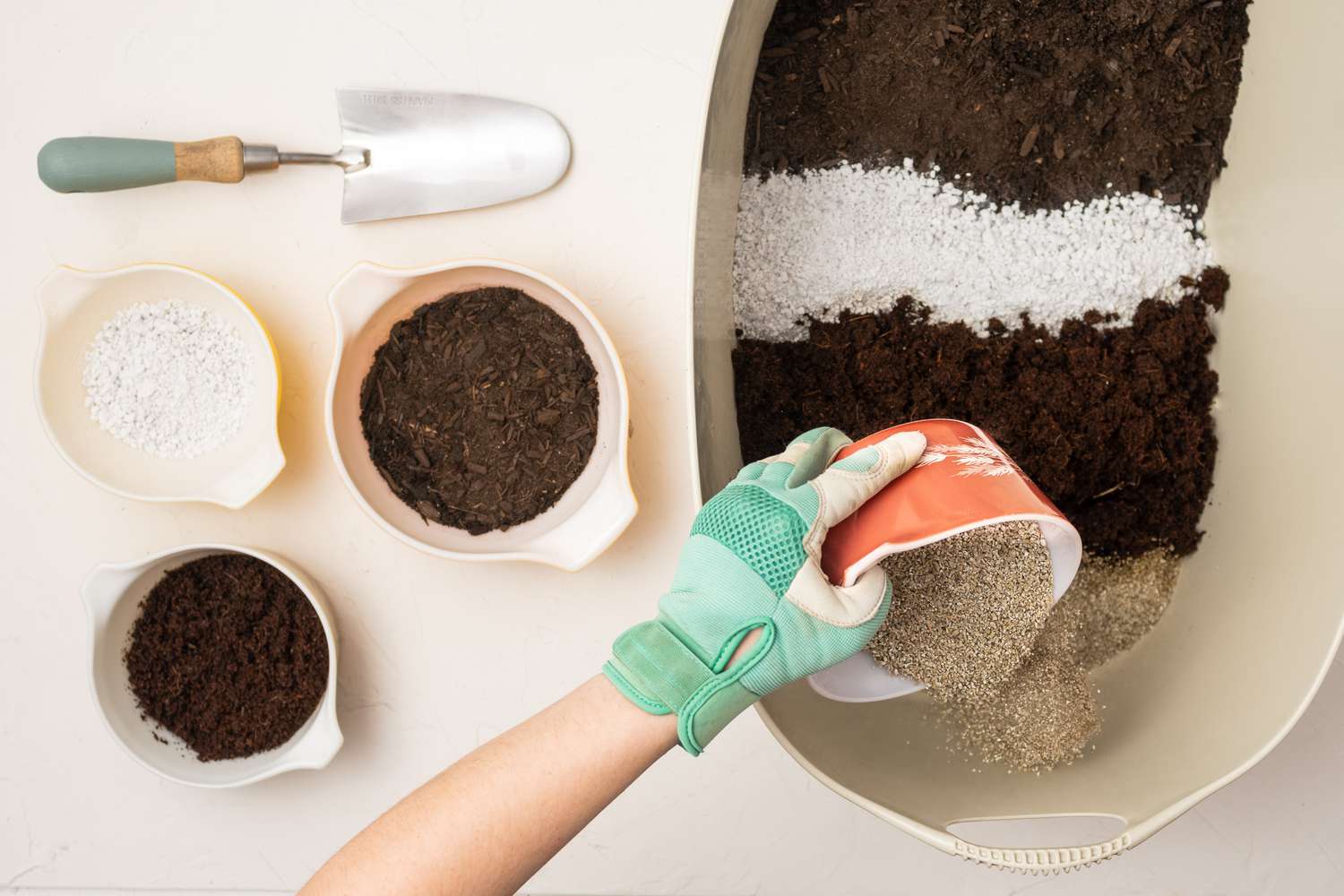

Garden Essentials
What Is In Seed Starting Mix
Modified: March 15, 2024
Discover what is in seed starting mix and learn how to create the perfect environment for your garden with this comprehensive guide.
(Many of the links in this article redirect to a specific reviewed product. Your purchase of these products through affiliate links helps to generate commission for Storables.com, at no extra cost. Learn more)
Introduction
When it comes to starting your own garden from seeds, one of the most crucial factors for success is using the right seed starting mix. This specialized blend of organic and inorganic materials provides the ideal environment for seeds to germinate and grow into healthy seedlings.
Whether you’re growing vegetables, herbs, or flowers, understanding the importance of seed starting mix is essential. In this article, we will delve into the components of seed starting mix, discuss the benefits of using it, and highlight some common mistakes to avoid. By the end, you’ll have a comprehensive understanding of what makes a high-quality seed starting mix and how to ensure the success of your seedlings.
Key Takeaways:
- Choose a high-quality seed starting mix with organic and inorganic materials to provide the best environment for seeds to grow into healthy seedlings.
- Avoid common mistakes like overwatering, using poor-quality mix, and ignoring pH levels to ensure successful seed germination and robust seedling growth.
Understanding Seed Starting Mix
Seed starting mix, also known as seed starting soil or seed starting medium, is a specially formulated blend of ingredients designed to provide the optimal conditions for seed germination and early seedling growth. Unlike regular garden soil, seed starting mix is lightweight, well-draining, and sterile, which helps prevent diseases and provides a suitable environment for delicate seeds.
The primary purpose of using seed starting mix is to give your seeds the best chance of germinating and developing into healthy seedlings. It creates a fine-textured, uniform substrate that retains moisture while still allowing excess water to drain away. This balance is crucial for preventing overwatering and promoting root development.
Another important aspect of seed starting mix is its ability to provide the right amount of nutrients for the young seedlings. While the initial nutrients stored in the seed provide some sustenance, they are limited, and the seedlings will require additional nourishment from the surrounding medium. A high-quality seed starting mix contains organic materials that slowly release nutrients, ensuring that the seedlings have access to the essential elements they need to thrive.
It’s important to note that seed starting mix is different from regular potting soil or garden soil. Regular soils are generally heavier and have a higher chance of becoming compacted, which can hinder root growth and water drainage. Seed starting mix, on the other hand, is specifically designed to be lightweight and loose, allowing the delicate roots to penetrate easily and enabling air circulation.
Now that we have a clear understanding of seed starting mix, let’s explore the components that make up this essential blend.
Components of Seed Starting Mix
A well-balanced seed starting mix consists of a combination of organic and inorganic materials. These components work together to create an ideal growing environment for seeds and young seedlings. Let’s take a closer look at the main ingredients commonly found in seed starting mix:
- Peat Moss: Peat moss is a common ingredient in seed starting mix due to its excellent water retention capacity. It helps to keep the soil evenly moist, providing a consistent environment for seed germination.
- Perlite: Perlite is a naturally occurring volcanic glass that is lightweight and porous. It improves drainage in the seed starting mix, preventing waterlogged conditions and allowing oxygen to reach the roots.
- Vermiculite: Vermiculite is another mineral material that enhances moisture retention in the seed starting mix. It helps to regulate water availability, ensuring that the seeds have a steady supply of moisture without becoming overly saturated.
- Coir: Coir, derived from coconut husks, is an increasingly popular alternative to peat moss. It has excellent water retention properties and promotes good airflow and root development.
- Compost: Adding compost to the seed starting mix provides essential nutrients for healthy seedling growth. It also improves the overall structure and fertility of the mix.
These components are typically mixed together in specific proportions to create a well-balanced seed starting mix. The exact formula may vary depending on the brand or the preferences of the gardener, but the key is to ensure the mix is lightweight, well-draining, and nutrient-rich.
In addition to these organic materials, some seed starting mixes may also contain small amounts of fertilizers or supplements to provide an extra boost of nutrients for the seedlings.
Now that we understand the components of seed starting mix, let’s explore the importance of maintaining the proper pH balance in the mix.
Organic Materials in Seed Starting Mix
Organic materials play a vital role in seed starting mix, providing important nutrients and improving the overall quality of the growing medium. Let’s explore some common organic materials used in seed starting mix:
- Compost: Compost is a rich source of organic matter that contains a wide range of nutrients beneficial for plant growth. It improves soil structure, enhances water retention, and creates a favorable environment for beneficial microorganisms.
- Worm Castings: Worm castings, also known as vermicompost, are the waste products of earthworms. They are a nutrient-dense and microbial-rich amendment that enhances soil fertility and stimulates seedling growth.
- Coconut Coir: Coconut coir is a sustainable alternative to peat moss. It is made from the fibrous husks of coconuts and is an excellent water retainer. Coir is highly resistant to decomposition and can improve soil structure when mixed in with the seed starting mix.
- Seaweed Extract: Seaweed extract is derived from marine algae and is rich in trace elements, growth hormones, and beneficial enzymes. It helps stimulate root development, increase seed germination rates, and improve overall plant vigor.
- Rice Hulls: Rice hulls are the protective outer layer of rice grains. They improve the drainage and aeration of the seed starting mix, preventing it from becoming too compacted. Rice hulls are also rich in silica, which helps strengthen the plants’ cell walls.
These organic materials provide essential nutrients, improve soil structure, and promote the growth of beneficial microorganisms. They contribute to the long-term health and vitality of the seedlings and help create a robust and sustainable garden ecosystem.
Now that we have explored the organic components of seed starting mix, let’s turn our attention to the inorganic materials commonly found in this essential growing medium.
Inorganic Materials in Seed Starting Mix
In addition to organic materials, seed starting mix often incorporates inorganic components to enhance its physical properties and create an optimal growing environment for seeds and seedlings. Let’s take a look at some common inorganic materials used in seed starting mix:
- Perlite: Perlite is a lightweight volcanic glass that is commonly added to seed starting mix. It improves aeration and drainage, preventing soil compaction and waterlogging. Perlite also helps the mix retain moisture while allowing excess water to drain away.
- Vermiculite: Vermiculite is another widely used inorganic material in seed starting mix. It aids in moisture retention, ensuring that the seeds have a consistent supply of water. Vermiculite also helps with root development and provides insulation against temperature fluctuations.
- Sand: Sand is often included in seed starting mix for its excellent drainage properties. It helps prevent water from becoming stagnant and allows air to reach the roots. However, it’s essential to use horticultural-grade sand, as regular sand may contain contaminants.
- Calcined Clay: Calcined clay, or expanded shale, is a porous material that helps improve aeration and water retention in the seed starting mix. It creates air pockets that facilitate oxygen exchange in the root zone and promotes healthy root growth.
- Rockwool: Rockwool, also known as stone wool, is a synthetic material made from molten rock spun into fibers. It is commonly used in hydroponic systems but can also be found in some seed starting mixes. Rockwool provides excellent water retention and allows for optimal root growth.
These inorganic materials function to improve the overall structure of the seed starting mix, ensuring proper soil aeration, drainage, and moisture control. They create a well-balanced growing medium that supports seed germination and early seedling growth.
Now that we understand the importance of both organic and inorganic materials in seed starting mix, let’s move on to the significance of maintaining the right pH balance in the mix.
When starting seeds, use a seed starting mix that is light, well-draining, and sterile to prevent disease. Look for mixes with ingredients like peat moss, vermiculite, and perlite for best results.
Read more: How To Make Seed Starting Mix
Importance of pH Balance in Seed Starting Mix
The pH balance of the seed starting mix plays a crucial role in the successful germination and development of seeds and seedlings. pH, which stands for “potential of hydrogen,” is a measure of the acidity or alkalinity of the soil or growing medium.
A neutral pH is considered to be around 7.0, while values below 7.0 indicate acidity and values above 7.0 indicate alkalinity. Different plants have specific pH preferences, and maintaining the appropriate pH range in the seed starting mix is essential for optimal nutrient uptake and root development.
When the pH level of the seed starting mix is too high or too low, it can affect the availability of essential nutrients to the plants. In soils with a high pH, certain nutrients, such as iron, manganese, and zinc, become less available to the plants, leading to nutrient deficiencies. On the other hand, acidic soils can inhibit the absorption of nutrients like phosphorus, potassium, and calcium.
Most seeds and seedlings prefer a slightly acidic to slightly alkaline environment, with a pH range of 6.0 to 7.0. Within this range, essential nutrients are readily available for uptake, promoting healthy root development and overall growth. Maintaining the proper pH balance in the seed starting mix helps ensure that the young seedlings have access to the necessary nutrients from the start.
Testing the pH of the seed starting mix is relatively simple and can be done using a pH testing kit available at garden centers. If the pH level is outside the desired range, it can be adjusted by adding pH modifiers such as sulfur or lime to increase or decrease acidity, respectively.
It’s important to note that different plants may have specific pH preferences, so it’s a good idea to research the ideal pH range for the specific seeds or seedlings you are starting. By providing the optimum pH environment in the seed starting mix, you set your young plants up for success as they transition to their final growing location.
Now that we understand the significance of pH balance in the seed starting mix, let’s move on to the next step: preparing the seed starting mix.
Preparing Seed Starting Mix
Preparing the seed starting mix is a crucial step in setting up your seeds for success. Follow these steps to ensure your mix is well-prepared and ready to provide an optimal environment for seed germination and seedling growth:
- Gather your materials: Collect all the ingredients needed for your seed starting mix, including organic materials like peat moss or coir, inorganic materials like perlite or vermiculite, and any additional amendments or fertilizers you may want to include.
- Measure the ingredients: Use a clean bucket or container to measure the appropriate amounts of each ingredient based on your desired mix recipe. The exact proportions may vary depending on the specific needs of your plants.
- Mix the ingredients: Pour the measured ingredients into a larger container or a clean wheelbarrow. Use a trowel or your hands to mix them thoroughly, ensuring that all the components are well-blended.
- Moisten the mix: Once the ingredients are mixed, gradually add water while stirring to moisten the mix. The goal is to achieve a moist but not soggy consistency. The mix should hold together when squeezed, but not release excess water.
- Let it rest: After moistening the mix, let it rest for a day or two. This resting period allows the components to fully absorb the moisture and for any excess moisture to evaporate.
- Test the pH: Use a pH testing kit to check the pH level of the seed starting mix. Adjust the pH if necessary by adding pH modifiers, following the instructions provided with the modifier.
- Fill containers: Fill your desired containers, such as seed trays, pots, or cell packs, with the prepared seed starting mix. Gently press the mix down to eliminate any air pockets, but avoid compacting it too tightly.
By following these steps, you’ll ensure that your seed starting mix is well-prepared and provides the optimal environment for your seeds to germinate and seedlings to thrive. Remember to clean all tools and containers before using them to maintain a sterile environment and reduce the risk of disease in your seedlings.
Now that you have a well-prepared seed starting mix, let’s explore the benefits of using it in your gardening endeavors.
Benefits of Using Seed Starting Mix
Using a high-quality seed starting mix offers numerous benefits for successful germination and the overall health of your seedlings. Let’s explore some of the key advantages of using seed starting mix:
- Optimal seed germination: Seed starting mix provides a well-balanced and moist environment that promotes excellent seed germination. The mix retains moisture while also allowing excess water to drain away, preventing seeds from becoming waterlogged.
- Lightweight and well-draining: Seed starting mix is specifically formulated to be lightweight and well-draining. This allows for proper root development, prevents overwatering, and ensures that air circulates freely around the young seedlings’ roots.
- Sterile and disease-free: Seed starting mix is typically sterile and free from pathogens and weed seeds. This helps reduce the risk of diseases and weeds interfering with the growth of your seedlings, giving them a healthy start.
- Provides essential nutrients: Many seed starting mixes contain organic materials that slowly release nutrients, supplying young seedlings with the necessary elements for healthy growth. This nutrient-rich environment supports vigorous root development and overall plant health.
- Eases transplant shock: When it’s time to transplant your seedlings into larger containers or the garden, the use of seed starting mix can help ease transplant shock. The roots are already accustomed to the lightweight, well-draining mix, making the transition smoother and reducing stress on the seedlings.
- Ensures consistent quality: When you mix your own seed starting mix, you have control over the ingredients and their proportions. This allows you to create a consistent and reliable growing medium, which leads to more predictable results and healthier seedlings.
Using seed starting mix sets the stage for successful seed germination and robust seedling growth. It creates the ideal conditions that help your seeds develop sturdy roots, healthy foliage, and strong stems, giving them a head start to thrive throughout the growing season.
Now that we understand the benefits of using seed starting mix, let’s discuss some common mistakes to avoid to ensure optimal results.
Common Mistakes to Avoid with Seed Starting Mix
While using seed starting mix can greatly increase the success of your seeds and seedlings, it’s essential to be aware of common mistakes that can hinder their growth. By avoiding these mistakes, you can ensure optimal results and set your plants up for healthy development. Let’s explore some of the most common mistakes to avoid with seed starting mix:
- Overwatering: One of the most common mistakes is overwatering the seedlings. Seed starting mix should be kept consistently moist but not waterlogged. Excess moisture can lead to fungal diseases, root rot, and poor root development.
- Underwatering: On the other hand, underwatering can cause the seedlings to become dehydrated and stunted. It’s important to provide enough water to keep the mix evenly moist, especially during the crucial germination phase.
- Using poor-quality mix: Not all seed starting mixes are created equal. It’s important to choose a high-quality mix that is well-draining, sterile, and nutrient-rich. Using low-quality or contaminated mixes can lead to poor seed germination and disease issues.
- Ignoring pH levels: pH balance plays a crucial role in nutrient availability to the seedlings. Ignoring pH levels can result in nutritional deficiencies or toxicities. Always test the pH of the seed starting mix and adjust it if necessary.
- Planting seeds too deeply: Planting seeds too deep in the seed starting mix can make it difficult for them to emerge from the soil. Always follow the recommended planting depth for each specific seed variety.
- Not providing enough light: Adequate light is essential for seedling growth. Insufficient light can lead to weak and leggy seedlings. Place the seed trays or pots in a bright location or provide supplemental light if needed.
- Transplanting too early: It’s important to transplant seedlings at the right stage of development. Transplanting too early can shock the seedlings, while transplanting too late can lead to root-bound plants. Follow the recommended guidelines for each plant variety.
- Skipping hardening off: Hardening off is the process of gradually acclimating seedlings to outdoor conditions before transplanting them into the garden. Skipping this step can subject the seedlings to environmental stress and shock, affecting their overall health.
By avoiding these common mistakes, you can ensure that your seedlings have the best chance of thriving and producing a successful garden. Paying attention to proper watering, using a high-quality mix, maintaining pH levels, and following recommended guidelines will set you on the path to success.
Now that we have covered the common mistakes to avoid, let’s wrap up our discussion of seed starting mix.
Read more: What Is A Cactus Soil Mix
Conclusion
Seed starting mix is a crucial component for successful seed germination and healthy seedling development. By understanding the importance of using the right mix and avoiding common mistakes, you can ensure the best start for your plants.
Seed starting mix provides a well-balanced environment, with the right combination of organic and inorganic materials, to support optimal root growth, moisture retention, and nutrient availability. It is lightweight, well-draining, and sterile, reducing the risk of diseases and weeds interfering with the growth of your seedlings.
By preparing the seed starting mix correctly, adjusting the pH if necessary, and providing proper moisture levels and adequate lighting, you can give your seeds the best chance to germinate and develop into strong, healthy seedlings. Transplanting at the right stage and hardening off the seedlings prior to planting in the garden further ensures their success.
Remember to choose a high-quality seed starting mix that suits the needs of your plants, and follow the specific recommendations for each seed variety. Investing time and effort in using the right seed starting mix will ultimately lead to more successful gardening experiences and a bountiful harvest.
So, as you embark on your gardening journey, don’t underestimate the importance of the seed starting mix. It’s the foundation on which your garden grows, providing the essential conditions for seeds to thrive and seedlings to flourish. With the right mix, you’ll be well on your way to a vibrant and productive garden.
Frequently Asked Questions about What Is In Seed Starting Mix
Was this page helpful?
At Storables.com, we guarantee accurate and reliable information. Our content, validated by Expert Board Contributors, is crafted following stringent Editorial Policies. We're committed to providing you with well-researched, expert-backed insights for all your informational needs.
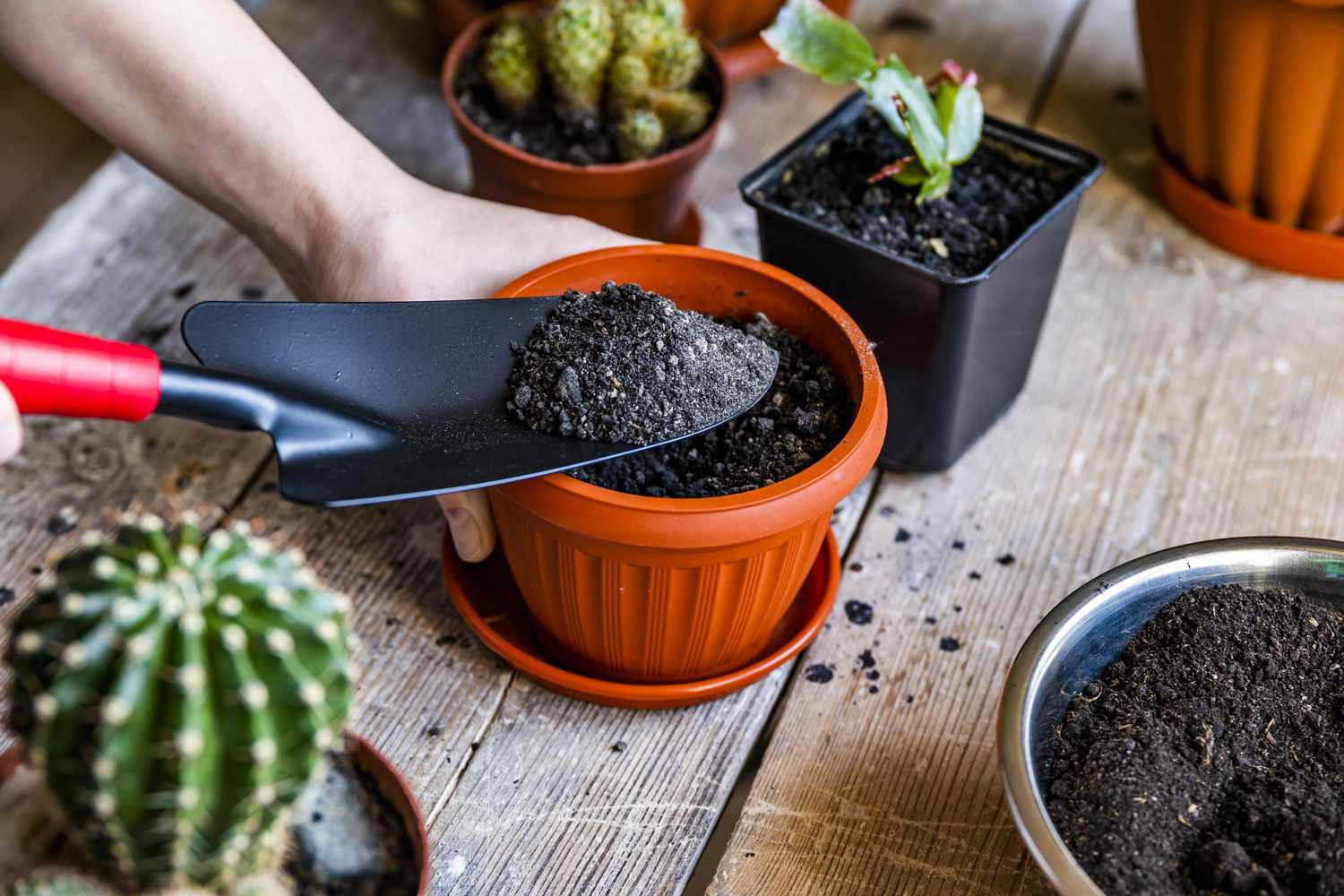
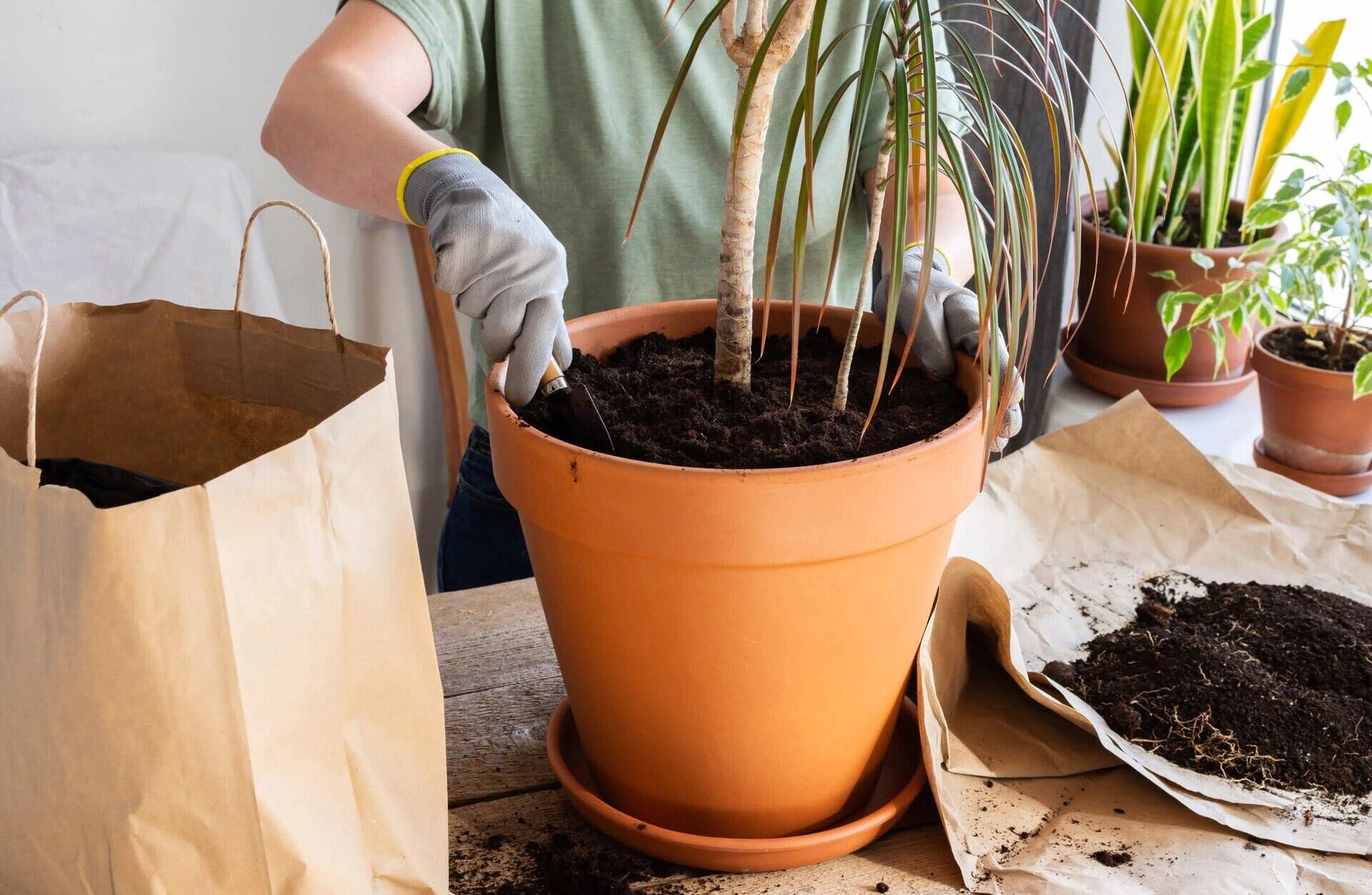
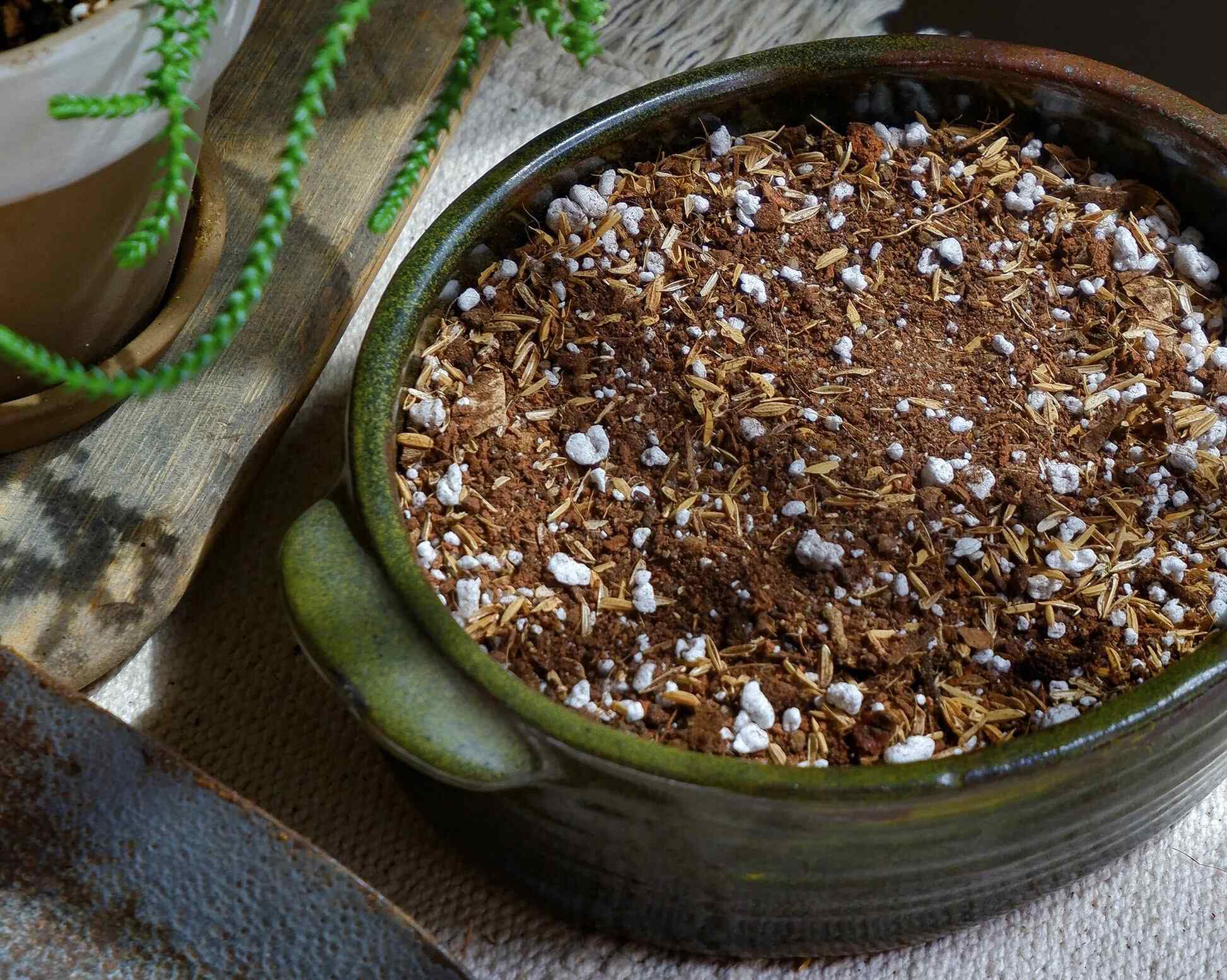
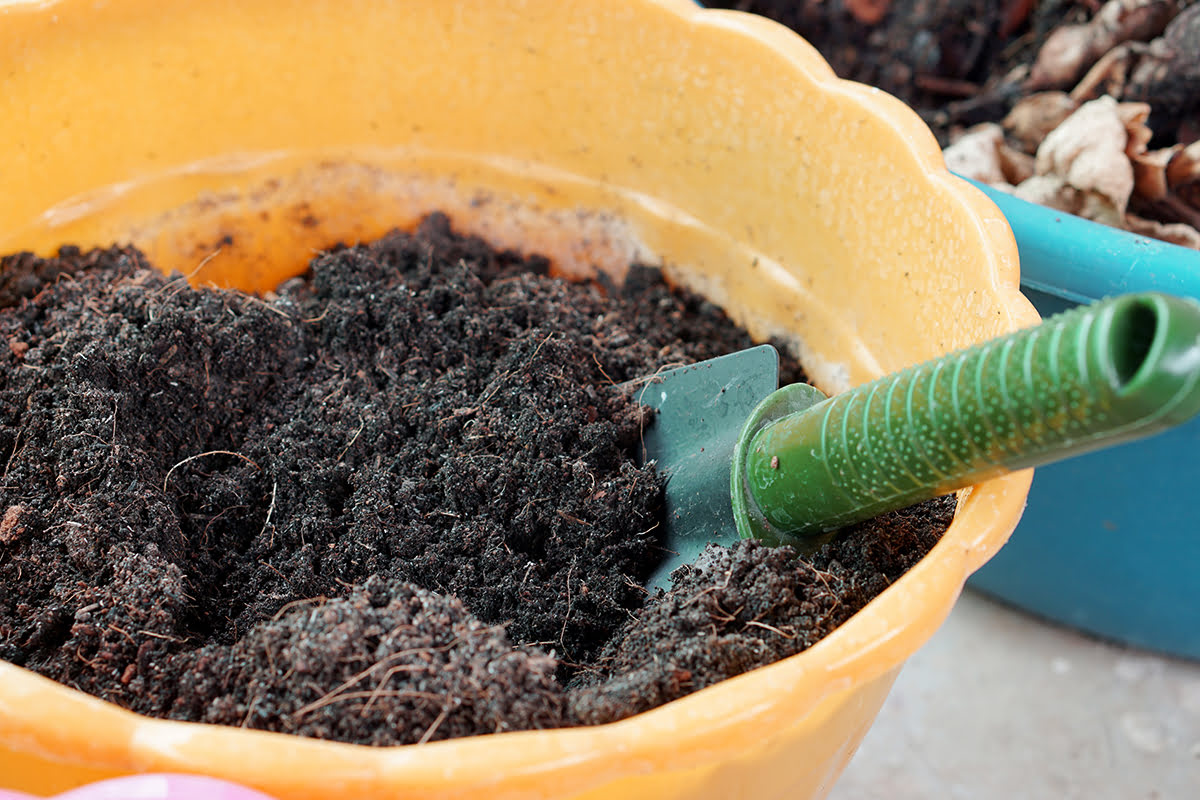
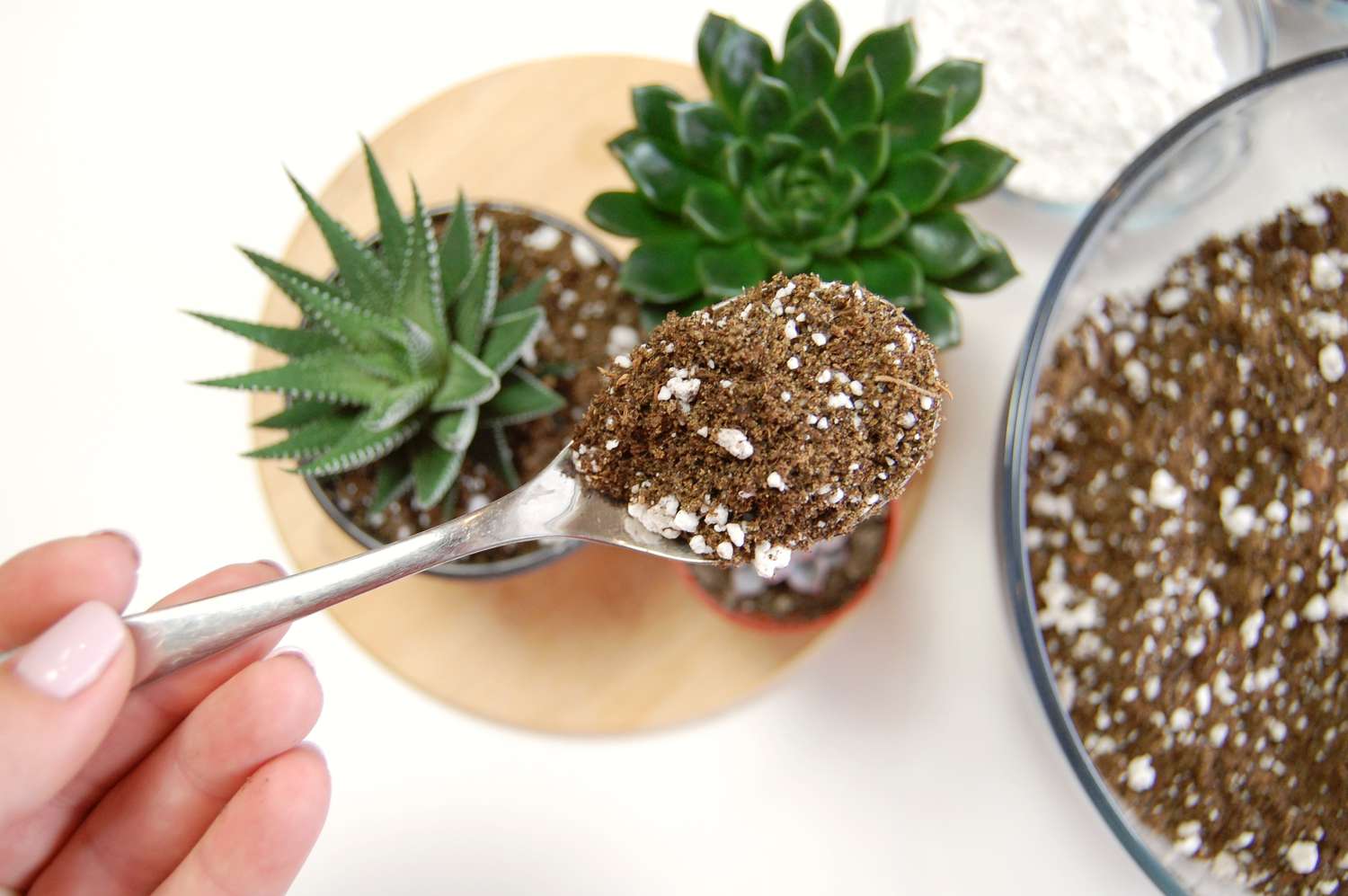
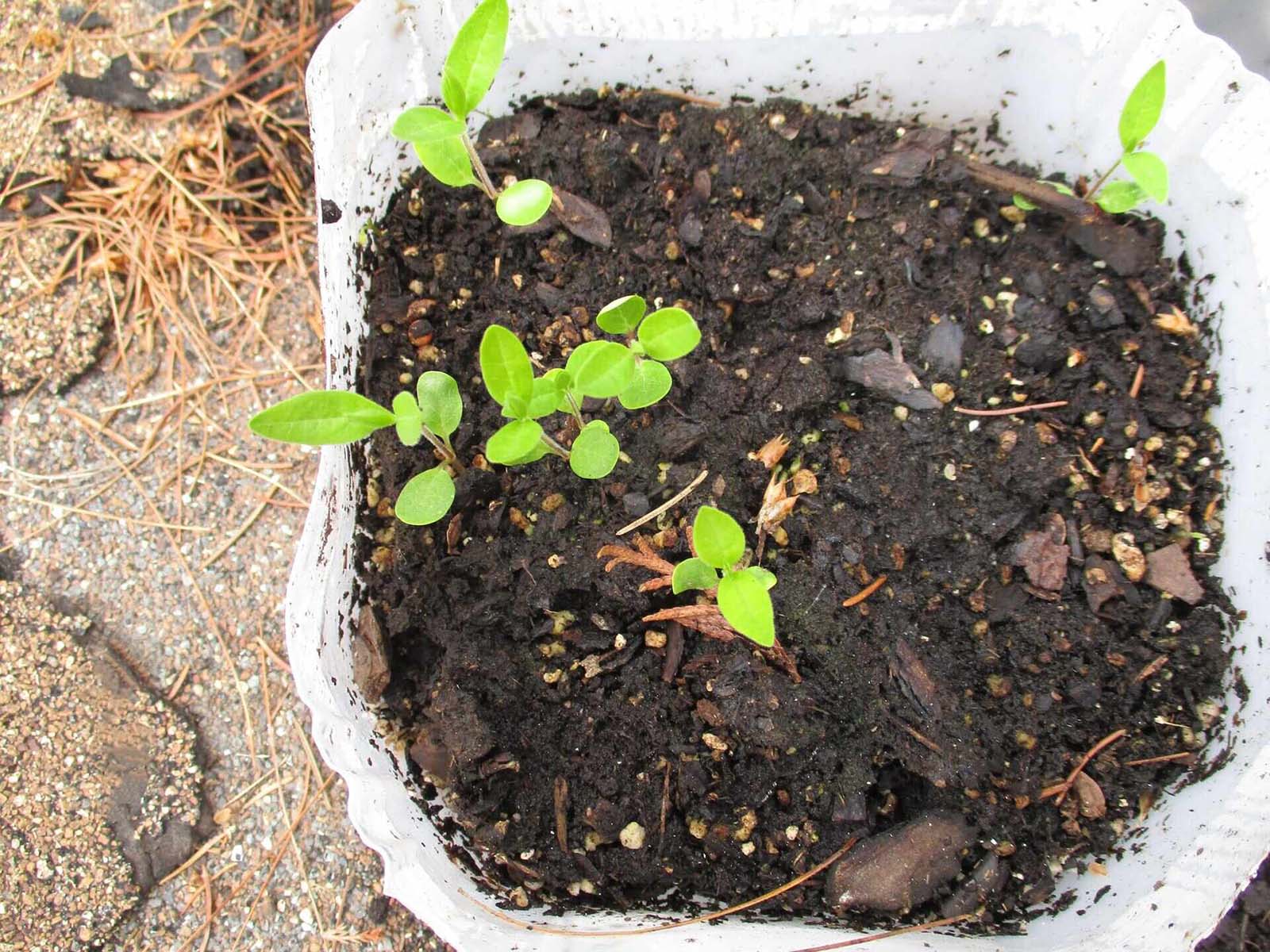
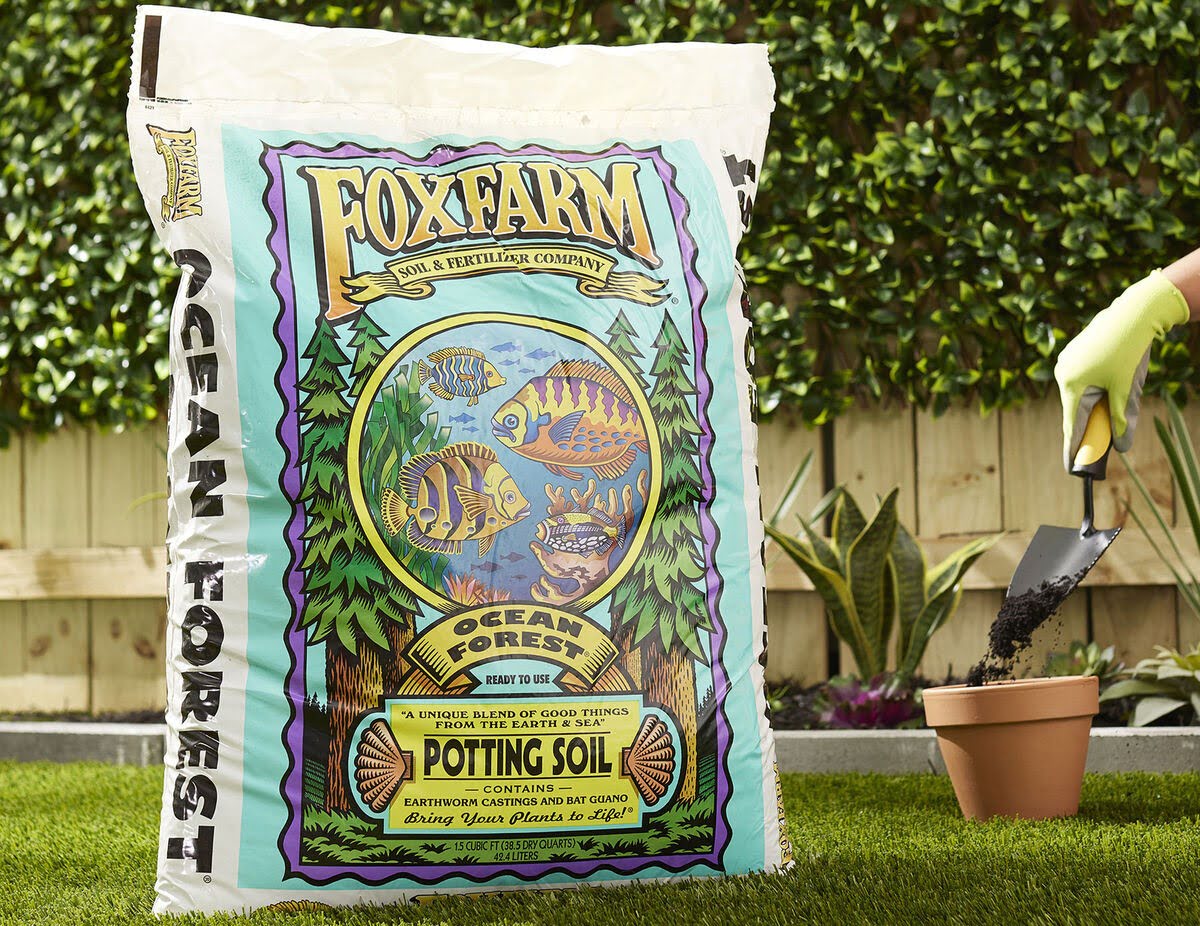
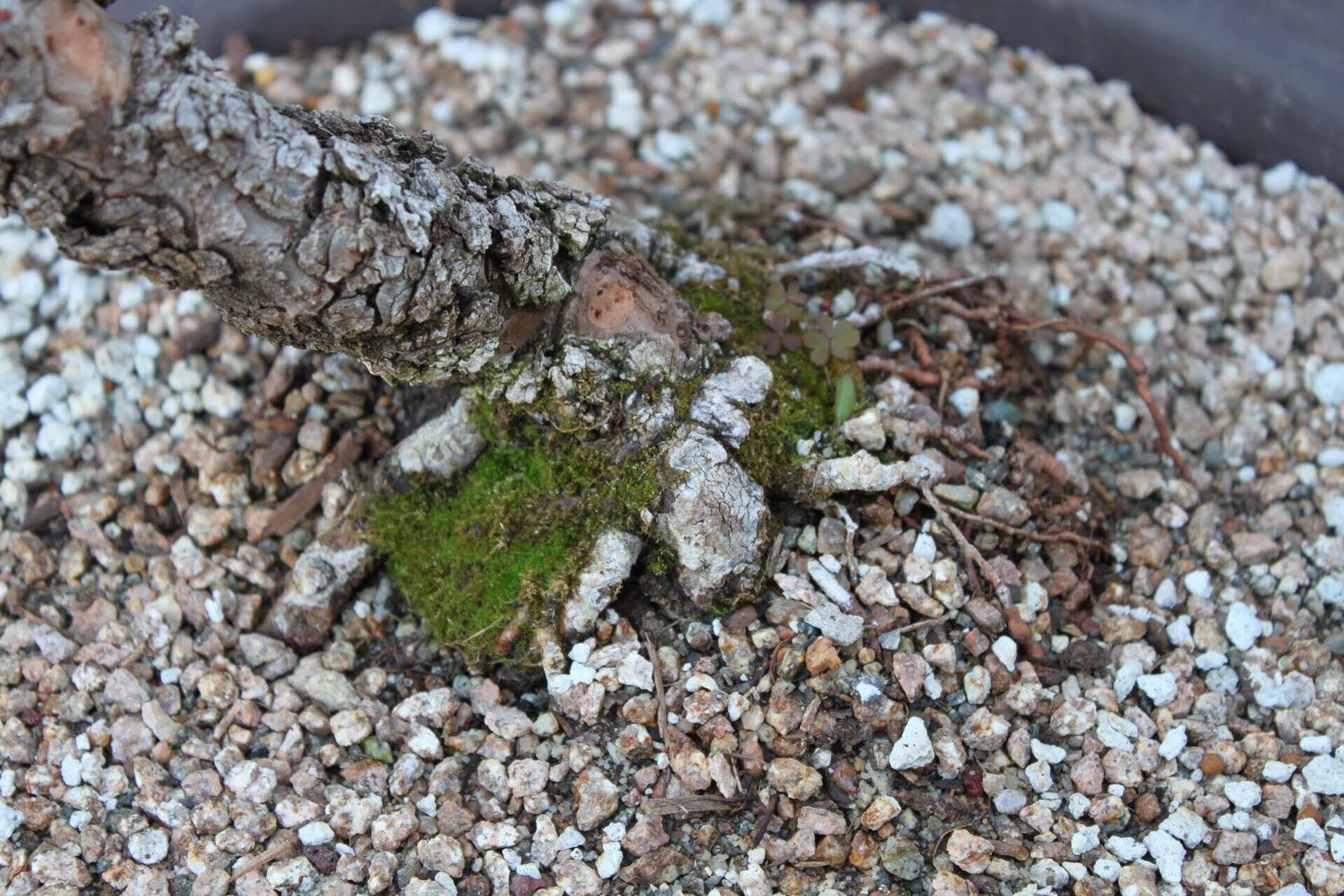
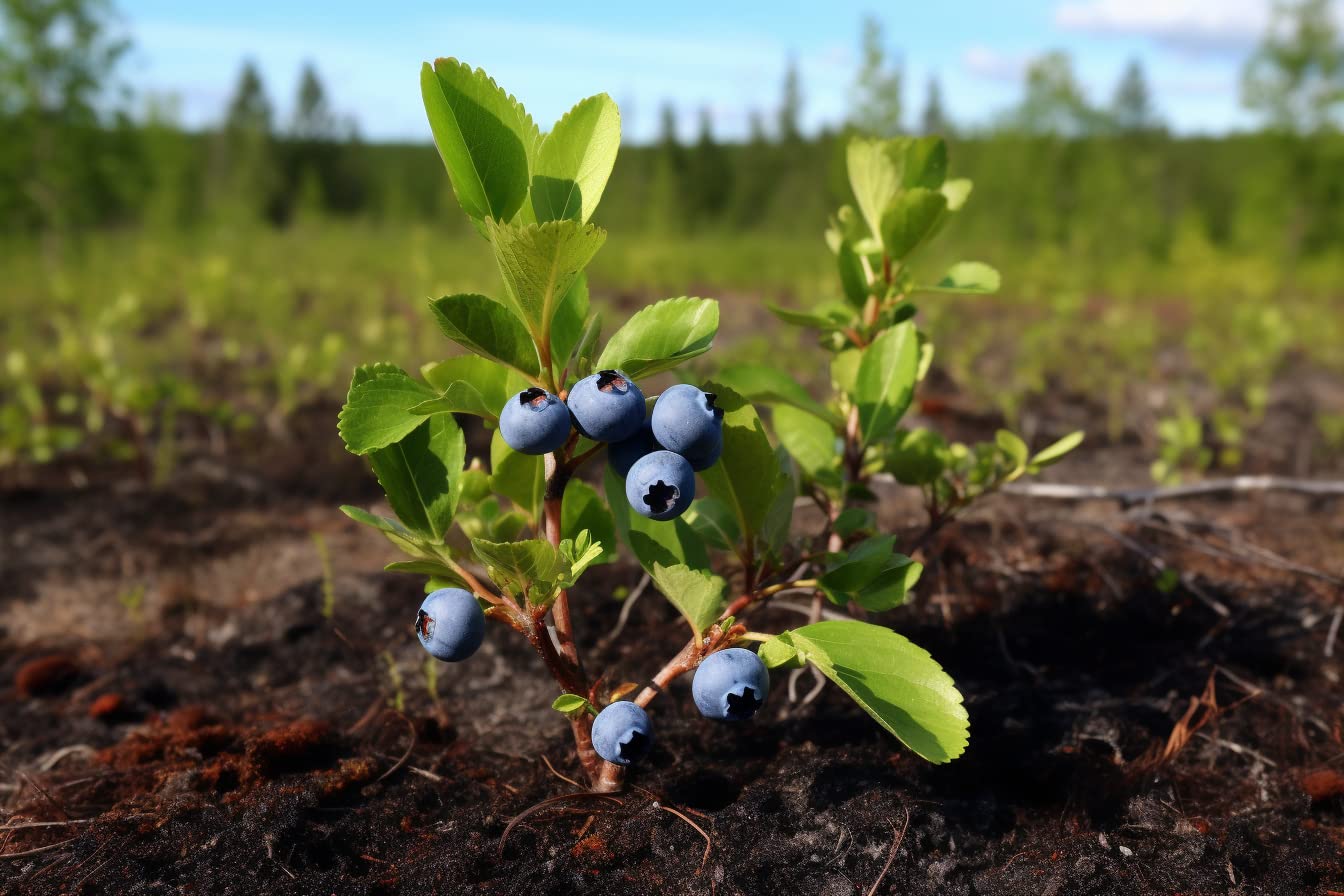
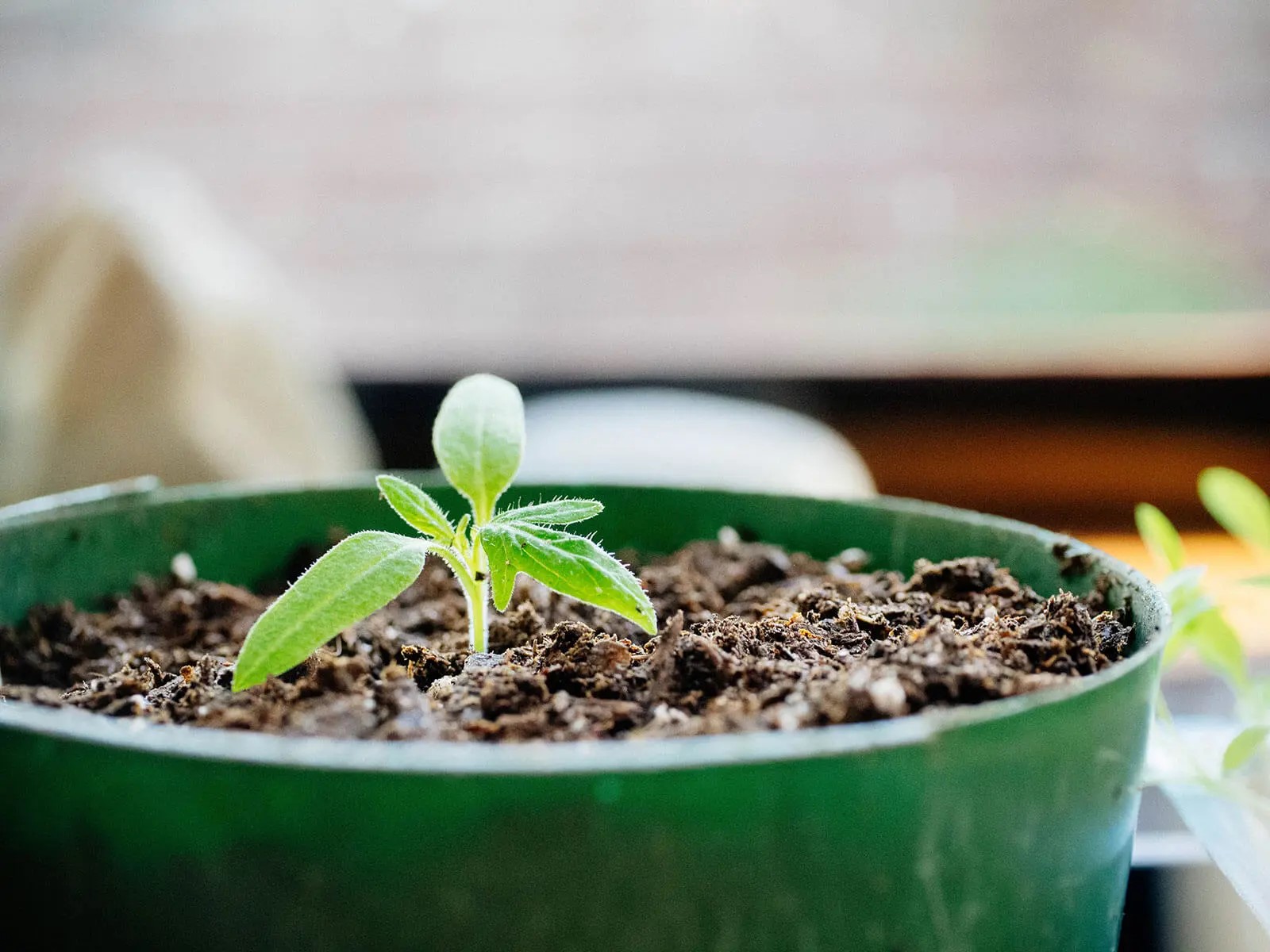
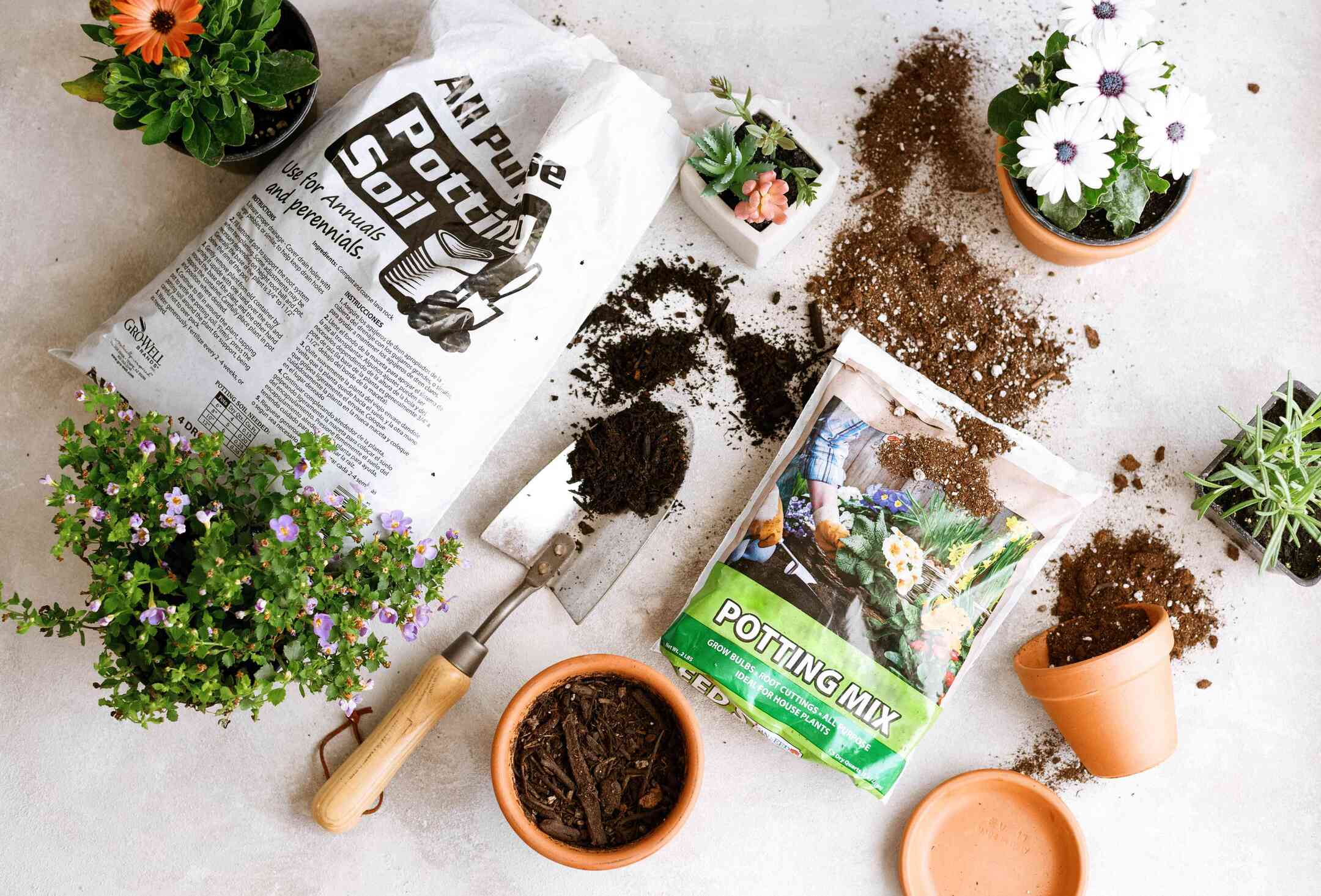
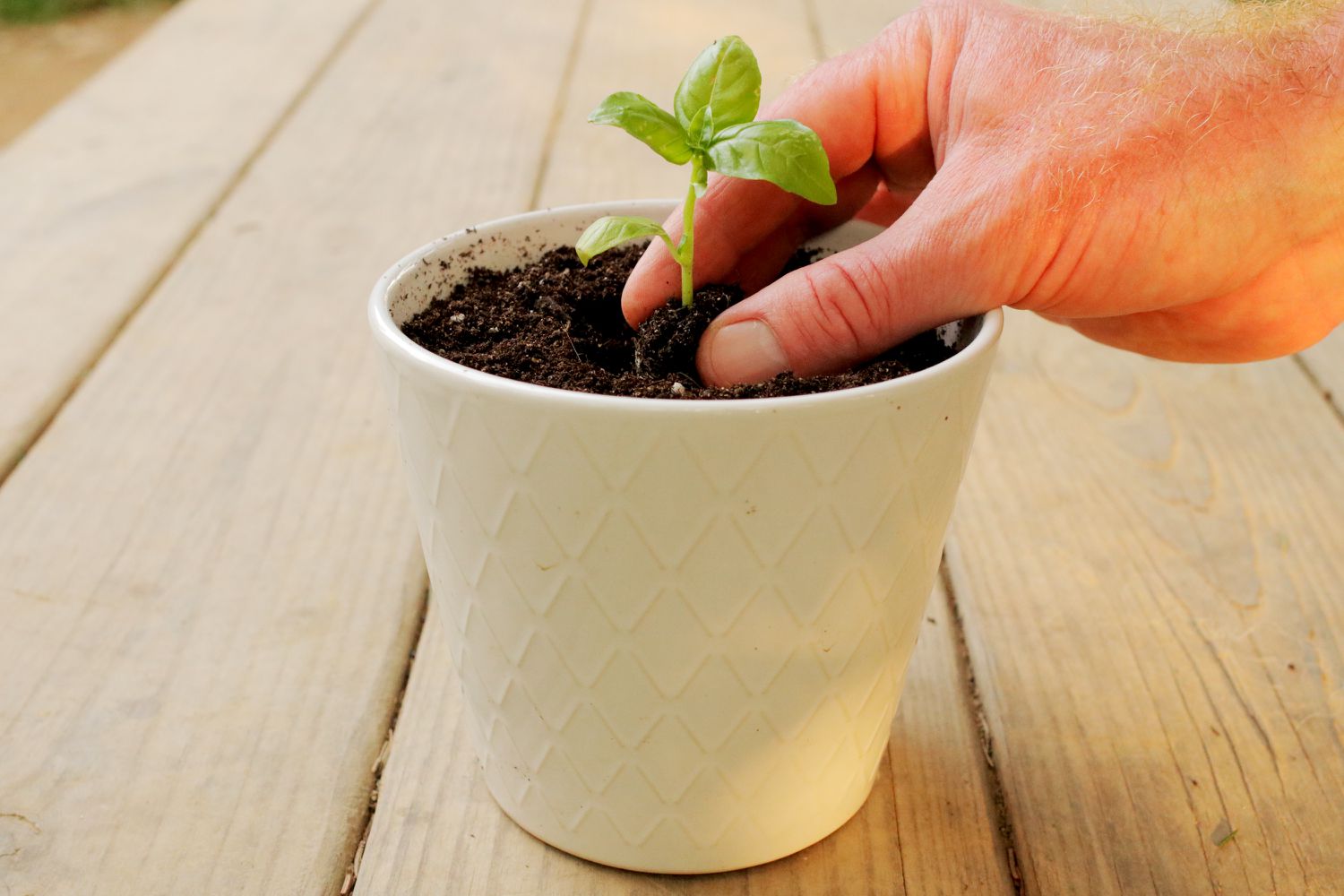
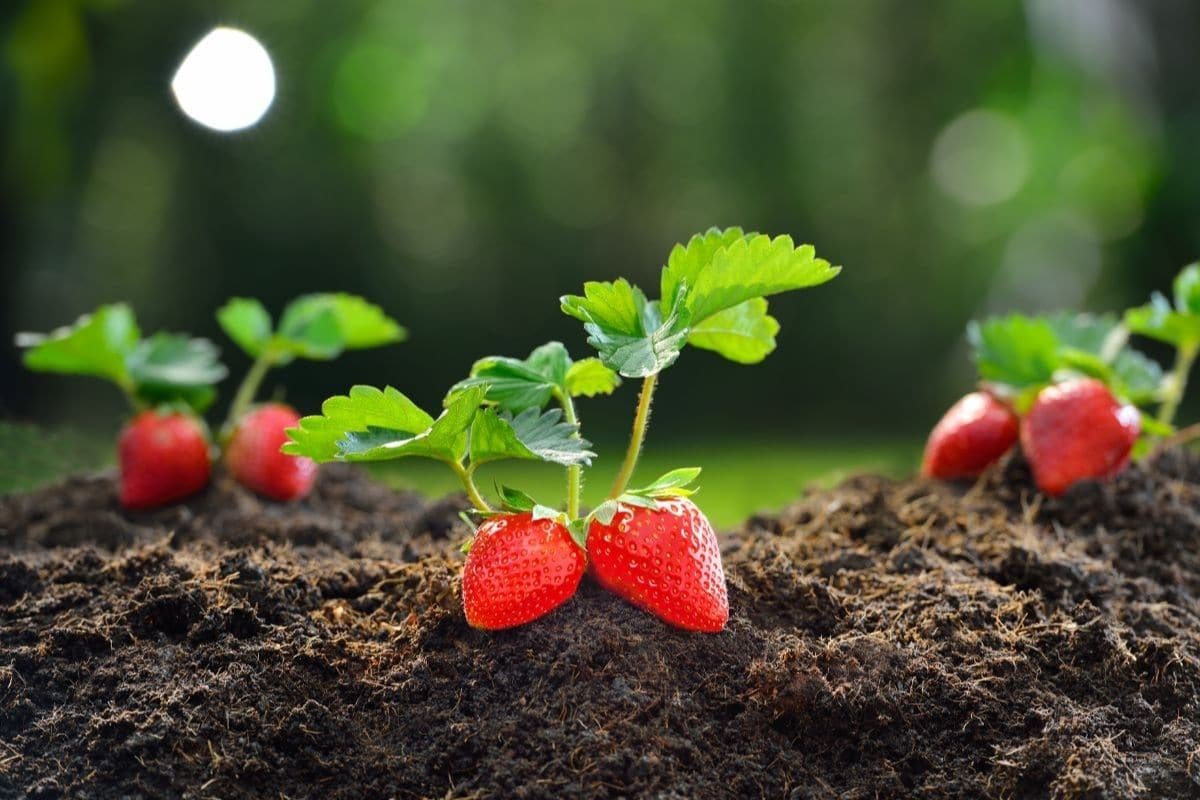

0 thoughts on “What Is In Seed Starting Mix”